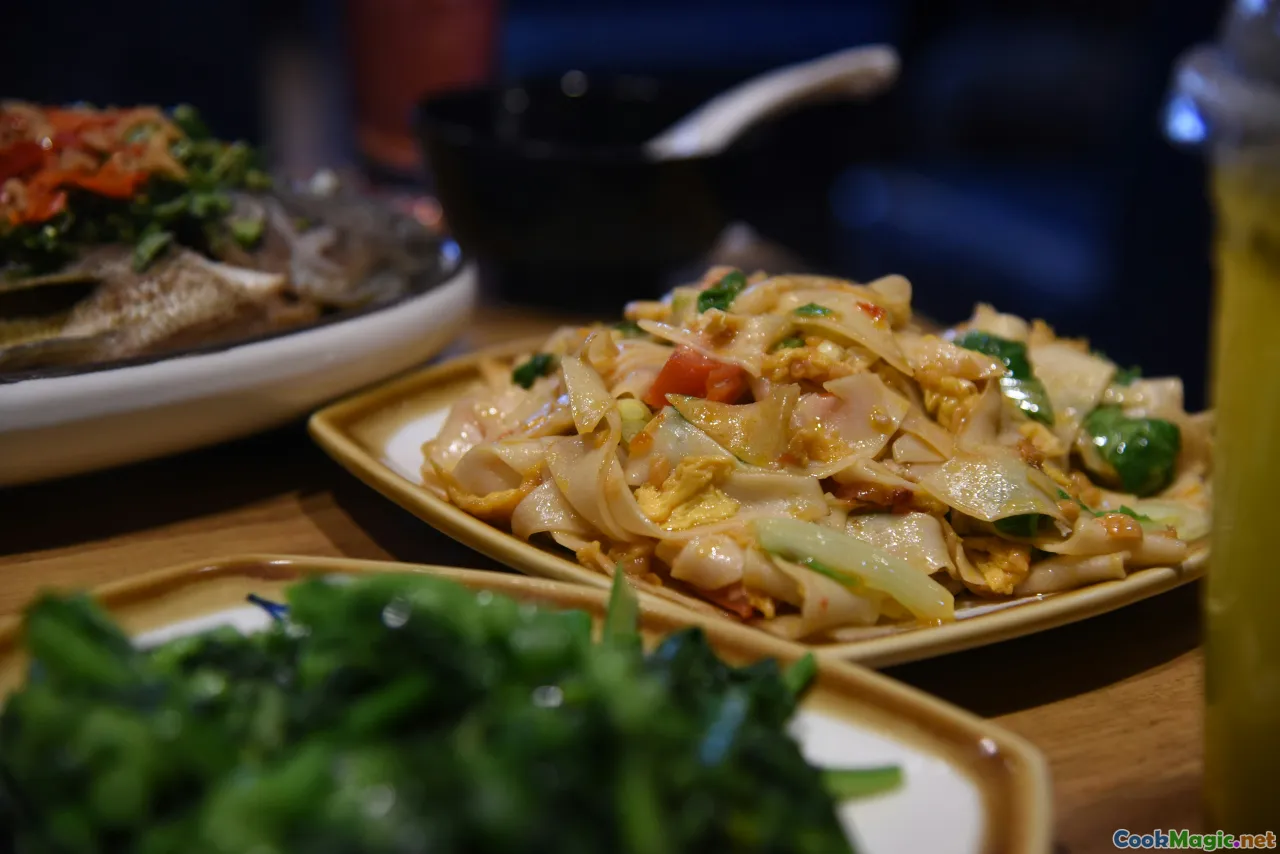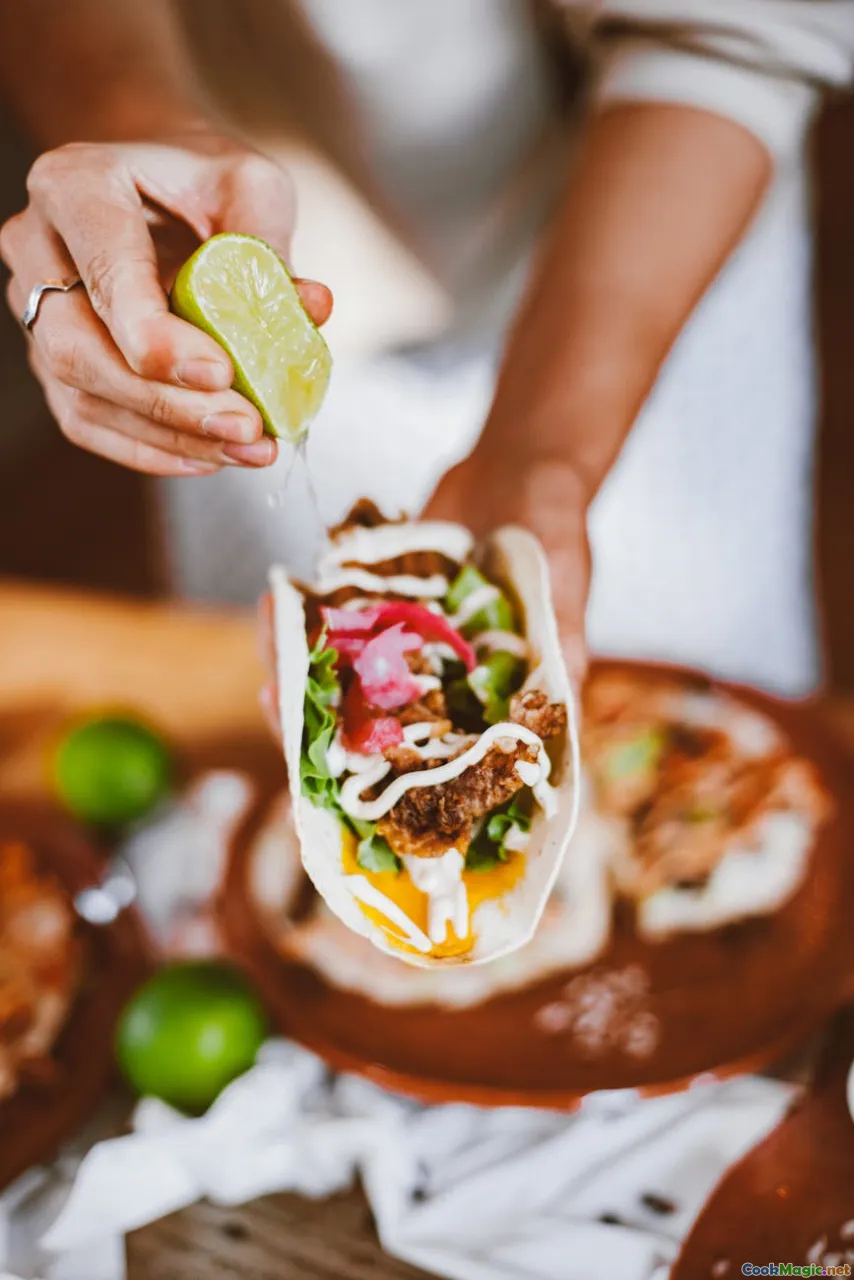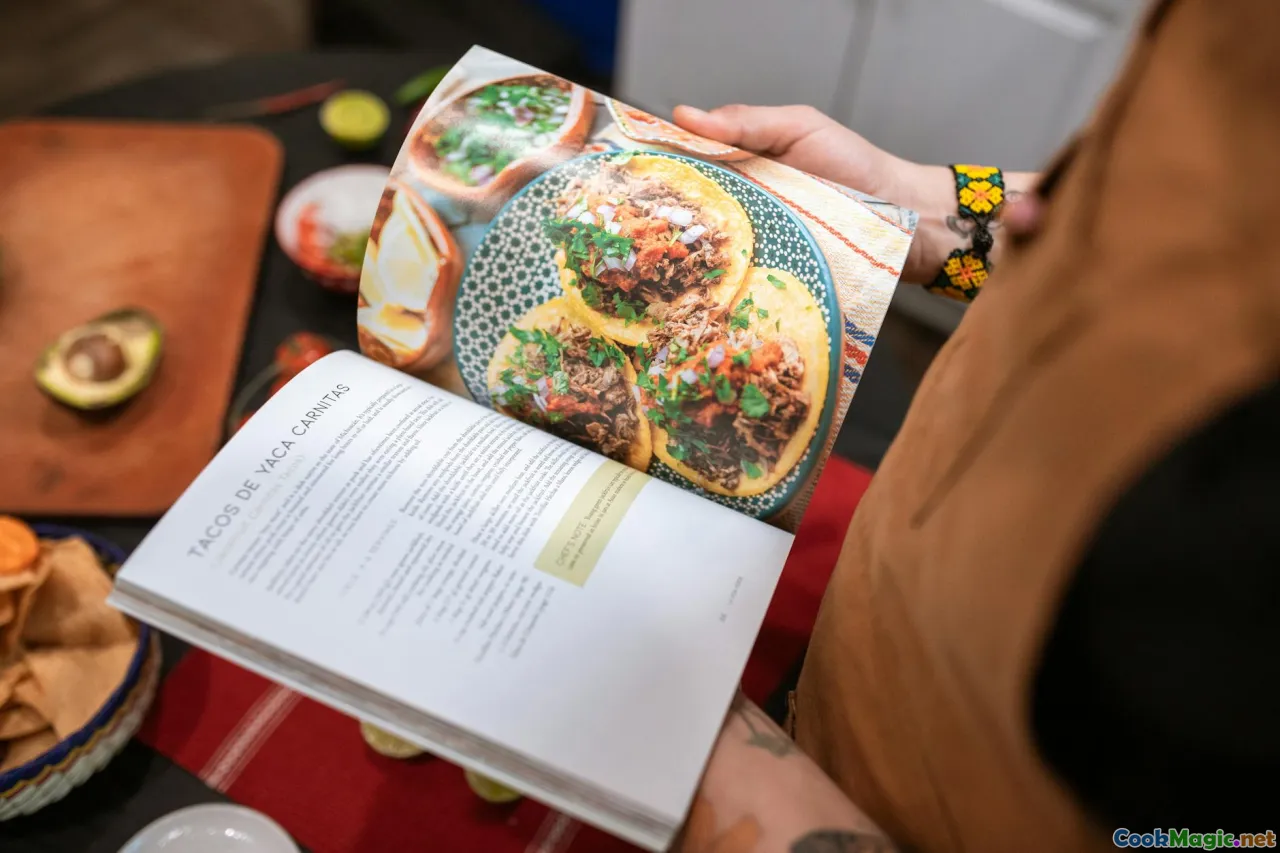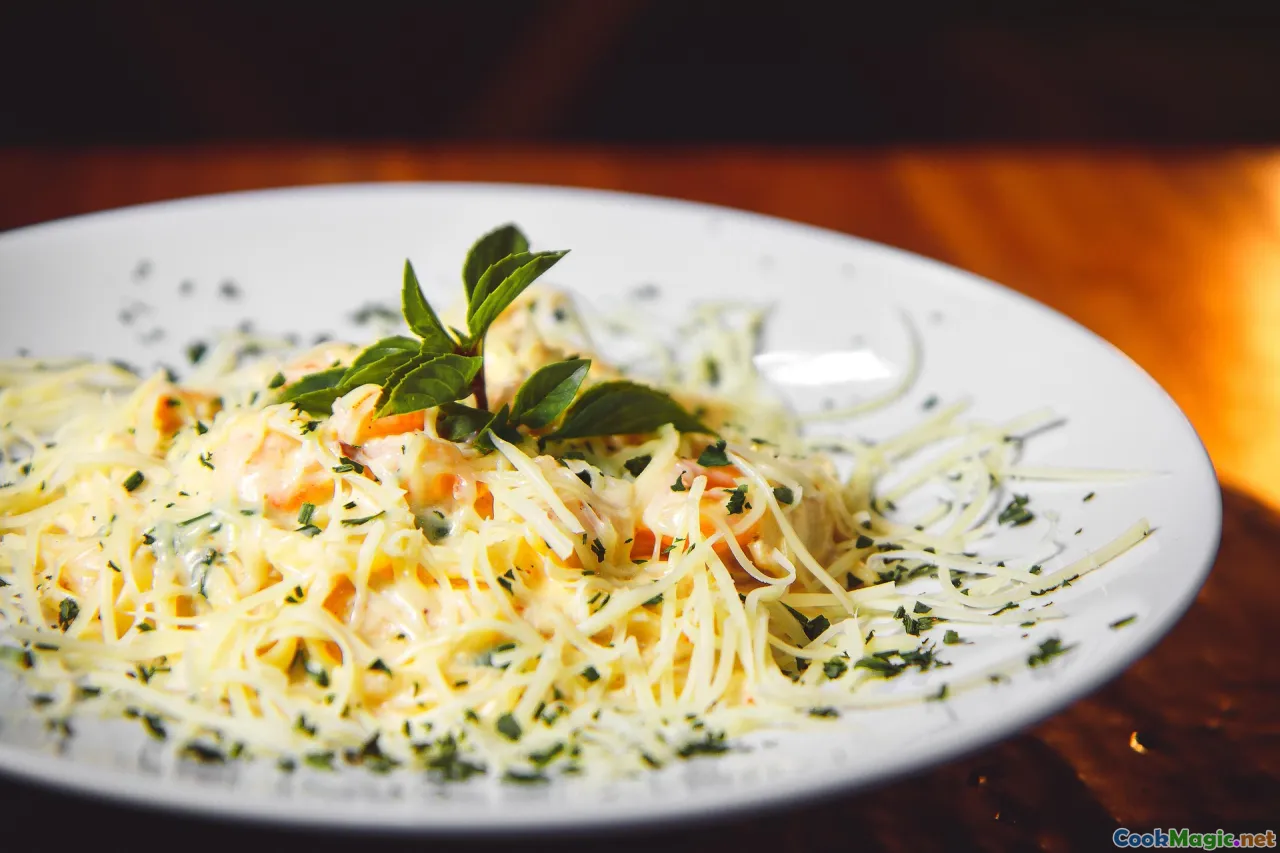How Korean Tacos Revolutionize Street Food
10 min read Explore how Korean tacos blend flavors and cultures, transforming street food into an innovative gastronomic experience worldwide. July 06, 2025 09:05
How Korean Tacos Revolutionize Street Food
Imagine a bustling city corner where the scent of sizzling meats mingles with the smoky aroma of grilled vegetables, while the vibrant colors of kimchi and fresh greens paint a lively mosaic on a crispy tortilla. This is the tantalizing world of Korean tacos—a culinary mashup born from cultural curiosity, creative audacity, and a craving for bold flavor. They’re more than just food; they’re a global storytelling medium, a bridge that unites diverse gastronomies into a single, irresistible bites.
The Rise of Korean Tacos: A Cultural Fusion Phenomenon

The story of Korean tacos begins in the melting pot of Los Angeles—a city where food trucks became the conduits of cultural exchange during the early 2000s. Chefs and entrepreneurs started remixing Mexican street food staples like tacos with traditional Korean ingredients—think gochujang-based sauces, kimchi, and bulgogi—to create something entirely novel. This fusion was born out of necessity, curiosity, and a deep love for both culinary worlds.
The popularity of Korean tacos exploded as people craved something familiar yet excitingly new. They offered an accessible entry point into Korean flavors for Western palates, while also elevating tacos from mere handheld meals to expressive plates of culture.
Anatomy of a Korean Taco: Layers of Flavor and Texture

A Korean taco is an intricate assembly that balances heat, acidity, sweetness, and umami, all wrapped in a lightly toasted tortilla—usually corn or flour. Here’s a breakdown of common components:
- The Protein: Traditionally, marinated meats are used—bulgogi (thinly sliced, marinated beef), spicy pork, or even chicken. The meat is often grilled until caramelized, locking in smoky sweetness.
- Kimchi: The iconic spicy fermented cabbage provides crunch, acidity, and a zing that punctuates each bite.
- Sauces and Condiments: Gochujang (fermented chili paste), sriracha, or a sesame-soy glaze add layers of spicy complexity.
- Fresh Vegetables: Shredded lettuce, cilantro, onions, or radishes introduce crispness and aromatic brightness.
- Garnishes: Toasted sesame seeds, chopped scallions, or a squeeze of lime complete the ensemble.
The magic lies in how these elements intertwine—from the juicy, smoky meat to the tangy crunch of kimchi and the warm bite of chili sauces, delivering an all-encompassing sensory experience.
Exploring Iconic Variations and Popular Recipes

Classic Bulgogi Tacos
One of the most beloved combinations features tender, caramelized bulgogi wrapped in a warm tortilla, topped generously with crunchy kimchi and a dollop of ssamjang (a thick, savory dipping sauce). The interplay of sweet, spicy, and acidic flavors creates a harmonious bite.
Spicy Pork and Pickled Radish
This regional variation amplifies the heat with spicy gochujang marinade, balanced by the cool, crisp bites of pickled radish slaw. Often finished with a drizzle of sesame oil and a sprinkle of toasted sesame seeds, it’s a crunch-laden, fiery delight.
Vegetarian Korean Tacos
For herbivores, grilled or marinated shiitake mushrooms, spicy beanPast with kimchi, and avocado slices make compelling fillings. Tofu, marinated in sesame-soy sauce, can also serve as hearty alternatives.
Fusion Tips: From Street to Gourmet
Chef adaptations have elevated Korean tacos from simple street fare to gourmet plates. Think smoked octopus, shredded beef with black bean kimchi, or even fusion-inspired house sauces like wasabi kimchi aioli.
How Korean Tacos Shift the Culinary Paradigm

Korean tacos pivot the culinary conversation by blurring the boundaries between cultural identities, challenging perceptions of authenticity, and embracing the joy of inventiveness. They exemplify how culinary fusion isn’t about crossing boundaries for novelty's sake, but about respectful exploration—respecting traditions while reimagining them with artistic flair.
The innovation has also catalyzed a street food renaissance. Food trucks like Lydia’s Colombian Tacos in LA or Kogi BBQ in the early 2010s set the stage, transforming humble food carts into mobile kitchens of cultural storytelling. These bites became signature symbols of culinary openness, inviting curiosity from locals and tourists alike.
Personal Stories: The Emotional Heart of Fusion Food
From a young chef experimenting tirelessly in a cluttered kitchen to a born-and-raised Korean-American rediscovering a love for her heritage through her tacos, stories abound of how Korean tacos serve as a culinary passport to personal identity.
One notable example is Chef Eunice Choi of LA’s My Taco, who fondly recalls the first time she combined her grandmother’s kimchi recipe with her grandmother’s favorite carne asada tacos. The resulting dish became a catalyst for her entire approach to fusion cuisine—honoring tradition while daring for new horizons.
Tips for Crafting Your Own Korean Taco Masterpieces
Use Quality, Fresh Ingredients
The core of great fusion food lies in pairing high-quality components. Marinate your meats in authentic Korean sauces, use fresh kimchi, and pick vibrant, crisp vegetables.
Balance Your Flavors
Aim for a harmonious mix where no single element overpowers the others. Adjust spice levels, acidity, and sweetness to suit your palette.
Play with Texture
Contrast between crunchy kimchi and tender meat elevates each bite. Consider adding crushed peanuts, toasted sesame seeds, or crispy fried shallots for additional crispness.
Be Creative with Sauces
Gochujang-based sauces can be varied from spicy and sweet to savory and tangy. Play around with aiolis or yogurt-based dips infused with Korean spices.
Experiment and Personalize
Fusion is all about innovation. Try marinated tofu, seafood, or even vegetarian-friendly proteins to make it your own.
The Future of Korean Tacos and Fusion Street Food

As the world continues to embrace culinary diversity, Korean tacos serve as a testament to the transformative power of culinary fusion. They’re paving the way for more cross-cultural collaborations—where flavor, tradition, and innovation dance harmoniously. Food festivals globally now showcase Korean taco stands side by side with other international street foods, fueling the movement toward a more interconnected, flavorful future.
Chefs are experimenting with molecular gastronomy techniques to invent new textures, incorporating plant-based proteins, and even reimagining Korean tacos with globally sourced ingredients. This evolution ensures they’ll remain a beloved staple on street corners and fine-dining menus alike.
The biggest takeaway? Korean tacos prove that food is a dynamic, cultural dialogue—a creative expression that can unite tastes, traditions, and even hearts across borders.
Through every crunchy bite and spicy sip, they teach us that the true flavor of fusion is rooted in curiosity, respect, and the joy of shared experience. Here’s to these vibrant, innovative tacos—forever changing the way we see, taste, and connect through street food.
Step into the world of Korean tacos and discover how they are not just a dish but a culinary revolution. Embrace the fusion, and let your palate be inspired by the vibrant tapestry of flavors that bridge history and modern innovation.









